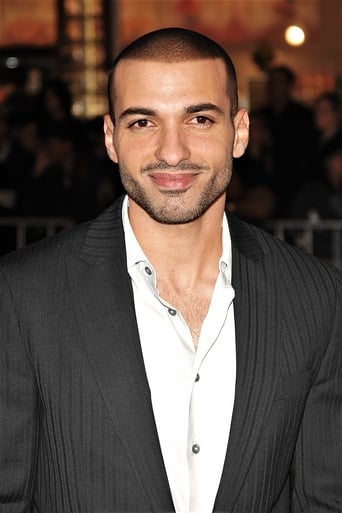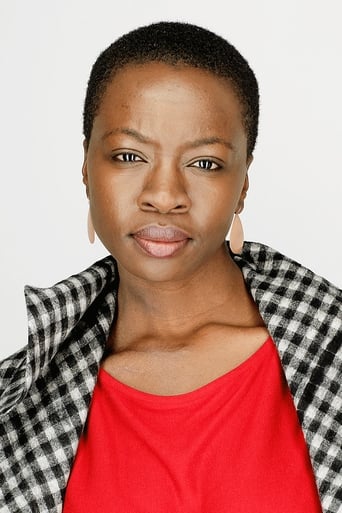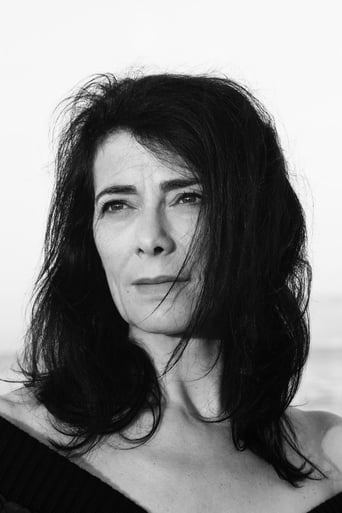RyanCShowers
In 2008, Tom McCarthy crafted The Visitor by writing and directing a piece of cinema that examines the social temperature in the United States in a post-911 world. At the core of this film is the political issue of immigration, but The Visitor investigates the social, humanistic stripes of that issue using the supporting foreign roles to further develop and evolve the American protagonist. Walter, the film's leading character, is pulled out of his widower slumber by forming relationships with immigrant characters. The investment McCarthy places on his characters and the ways in which the supporting foreign roles impact the American protagonist is the path in which he leads the viewer to recognize the issue. The Visitor fully utilizes the potential of its mise-en-scene to develop Walter's journey in relation to Tarek, Zinab, and Mouna, which is encapsulated through motifs of music and the use of blue colors to describe different types of unity.At the heart of The Visitor is Walter. The film never verbally informs us of significant events in Walter's past, but all the necessary information to understand the plot is implied through the visuals. Walter's past is a key component in understanding how and why he changes during the film after he meets Tarek, Zinab, and Mouna.One of the most invaluable plot devices in The Visitor concerning Walter's characterization is music. He looks to music as something that can cure his soul and bring him closer to a connection, which at first he looks for in his wife's memory. Walter's wife was a very skilled pianist, and Walter, clinging for the company of someone or the comfort of his deceased wife, attempts to learn the piano. His inability to master the instrument leads his piano teacher to tell him that, "Learning an instrument at your age is difficult, " emblematically, this dialogue suggests that learning to play the piano to further connect to his wife is not going to fulfill Walter's loneliness.Once he goes to New York and meets Tarek, Walter begins to show interest in the African street drum, a non- traditional instrument for a conventional American like Walter. Tarek is patient with teaching him, and eventually Walter learns to play the drums comfortably. Forming such a deep friendship with Tarek is atypical for someone Walter's age and ideology, and by learning to play Tarek's drum, this symbolizes Walter adapting to Tarek's culture, growing personally, and becoming happier from that. The first scene in which the awkwardness dissipates between Walter and Tarek is the scene where Tarek offers to teach Walter how to play the drums. Music is the catalyst that brings Walter and Tarek closer together. Once these characters come into Walter's world, the slow, graceful, tranquil beat of classical music is shaken awake by the fervent, noisy, vibrant drums.The Visitor is about the characters relating to one another, and a way in which McCarthy does this is by using a themed color of clothing to describe the unity between Walter and the foreign people he meets in the story. The color blue comes to represent Watler, because in nearly every scene, he appears in a blue dress shirt underneath his suit jackets.The color blue unites Tarek and Walter on a human scale. Tarek is almost exclusively seen in a darker blue, navy shirt. Before he is confined to the correction center and even his uniform in the detention center is the same navy shade of blue. They may not be identically the same, Walter wears a lighter hue of blue than Tarek, but the colors are still blue.The color blue is most notably memorable for being the primary color used in the mural of New York City on the wall in the detention. In this mural is a blue-colored skyline of the city, as well as images of the American flag and the statue of liberty, both of which are items that represent freedom. The flag and statute of liberty however are not painted in blue. Though Tarek is an illegal immigrant and Walter is American, they are both still humans who contribute to the Untied States, which is represented in the non-specific city buildings in the detention center mural, as they are painted in blue. However, Walter has his freedom, Tarek does not. Freedom within the United States is more than just being a human who contributes to society, like the paintings of the Statute of Liberty and the American flag, which represent categorical freedom, use more colors than just blue.A piece of imagery that aptly concludes the investigation into Walter's character development based on the mise-en-scene in The Visitor is the immediate shot on the ferry of Walter with Mouna and Zinab. Closer in the frame are the three characters standing against the railing of the boat, and behind them lies a wide shot of New York City. In this shot, Walter is sailing away from the island with the new people in his life, figuratively leaving the old life behind. The Visitor is a process of personal growth for Walter, which is developed through the mise-en- scene subtly transcribing Walter's past and his evolution to the viewer through subtle clues, the importance of Walter's ability and inability play music, and the use of blue colors to unite characters of different ethnicities.






